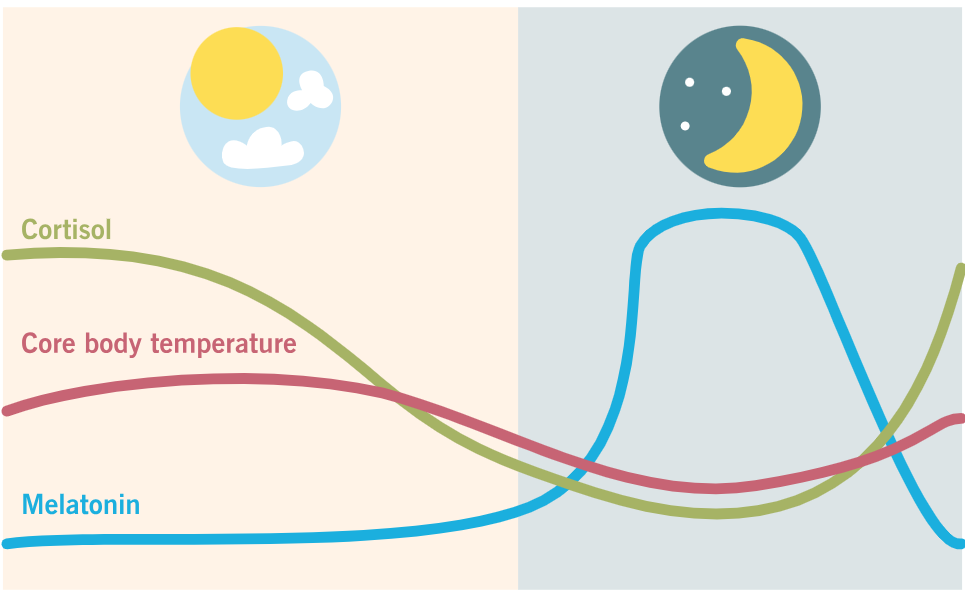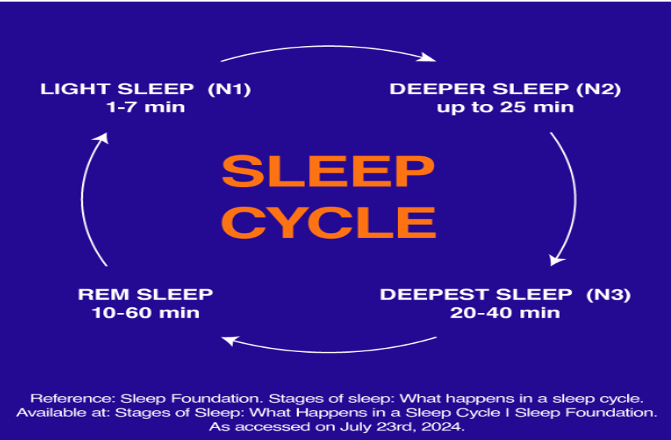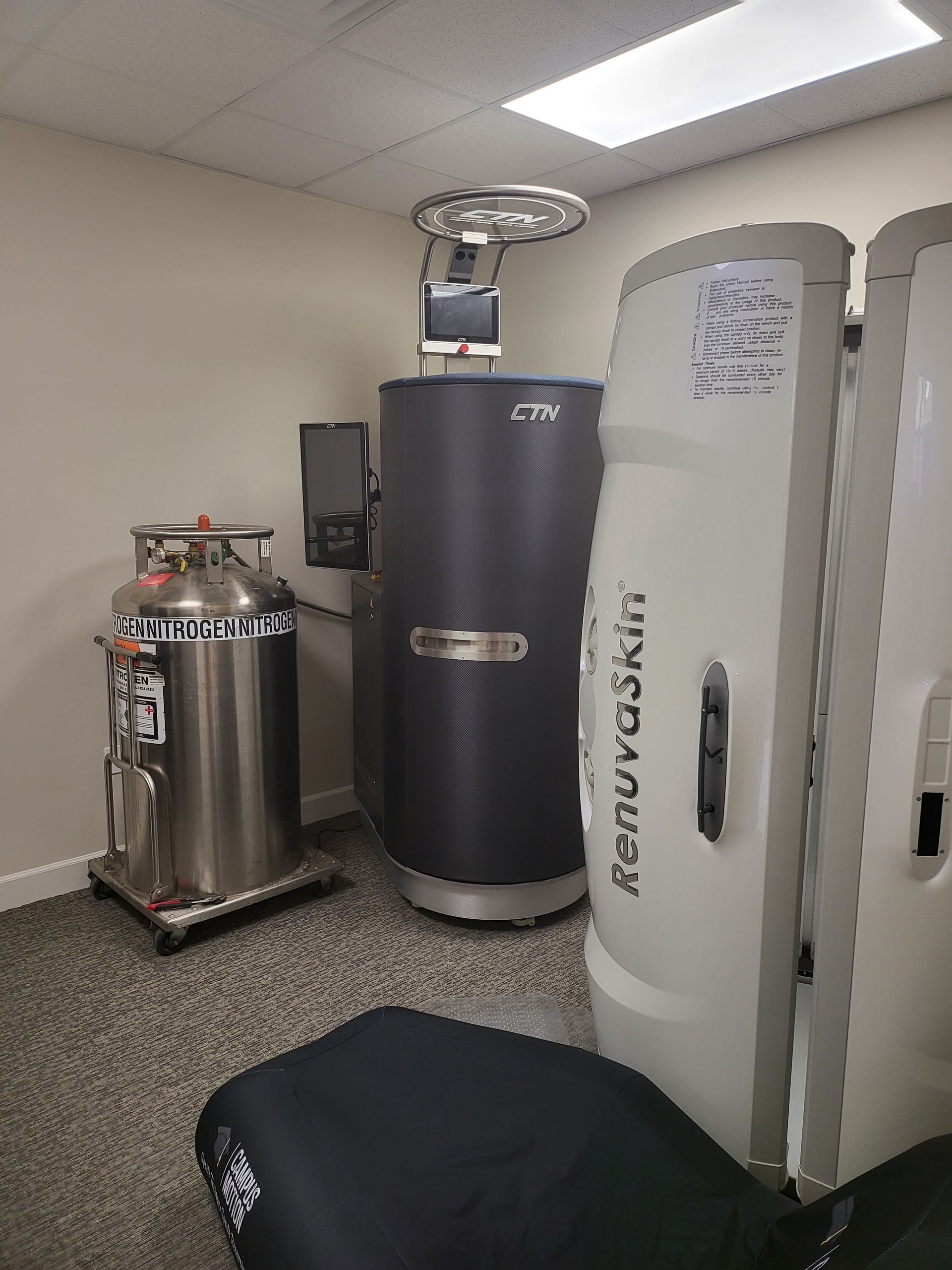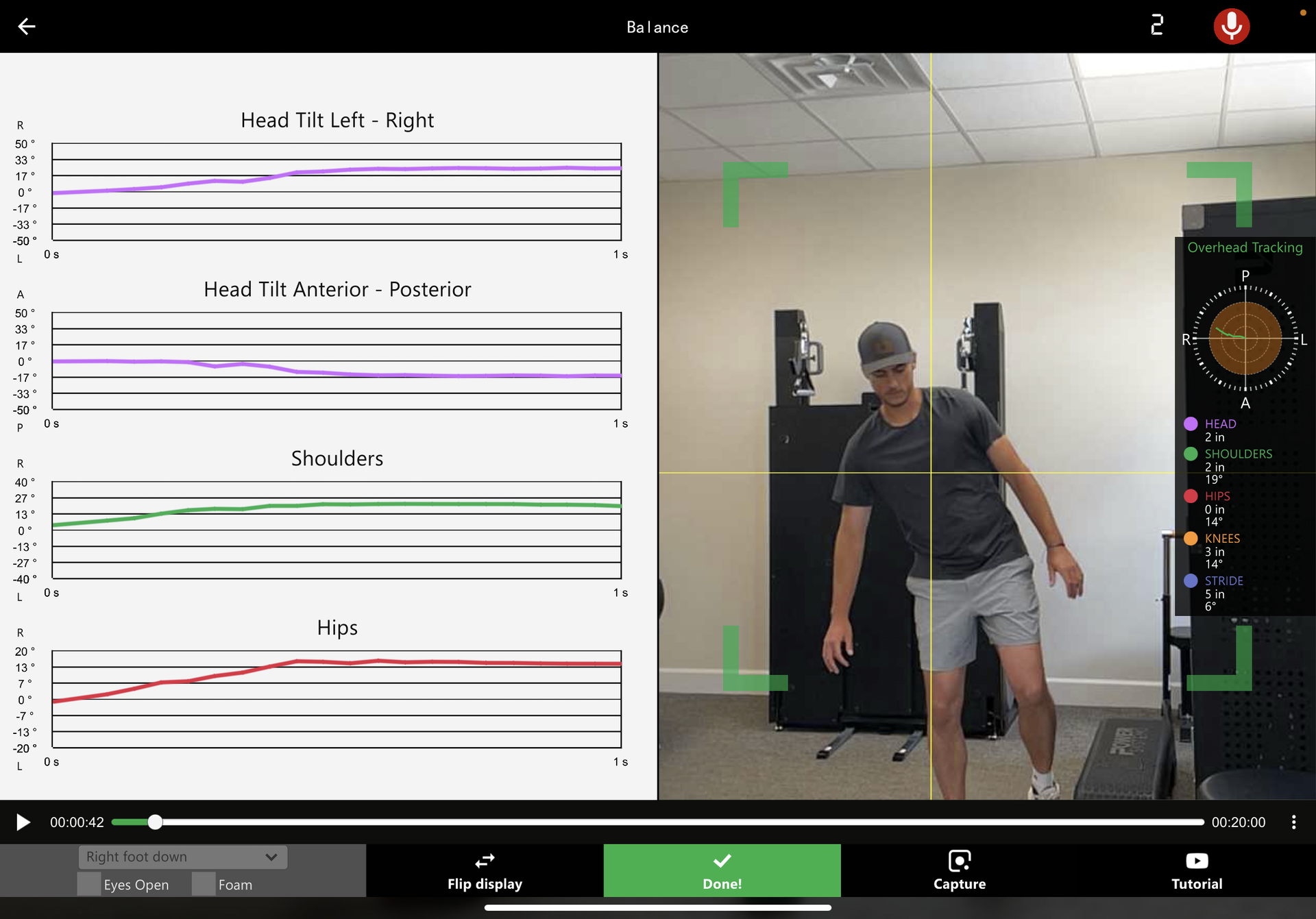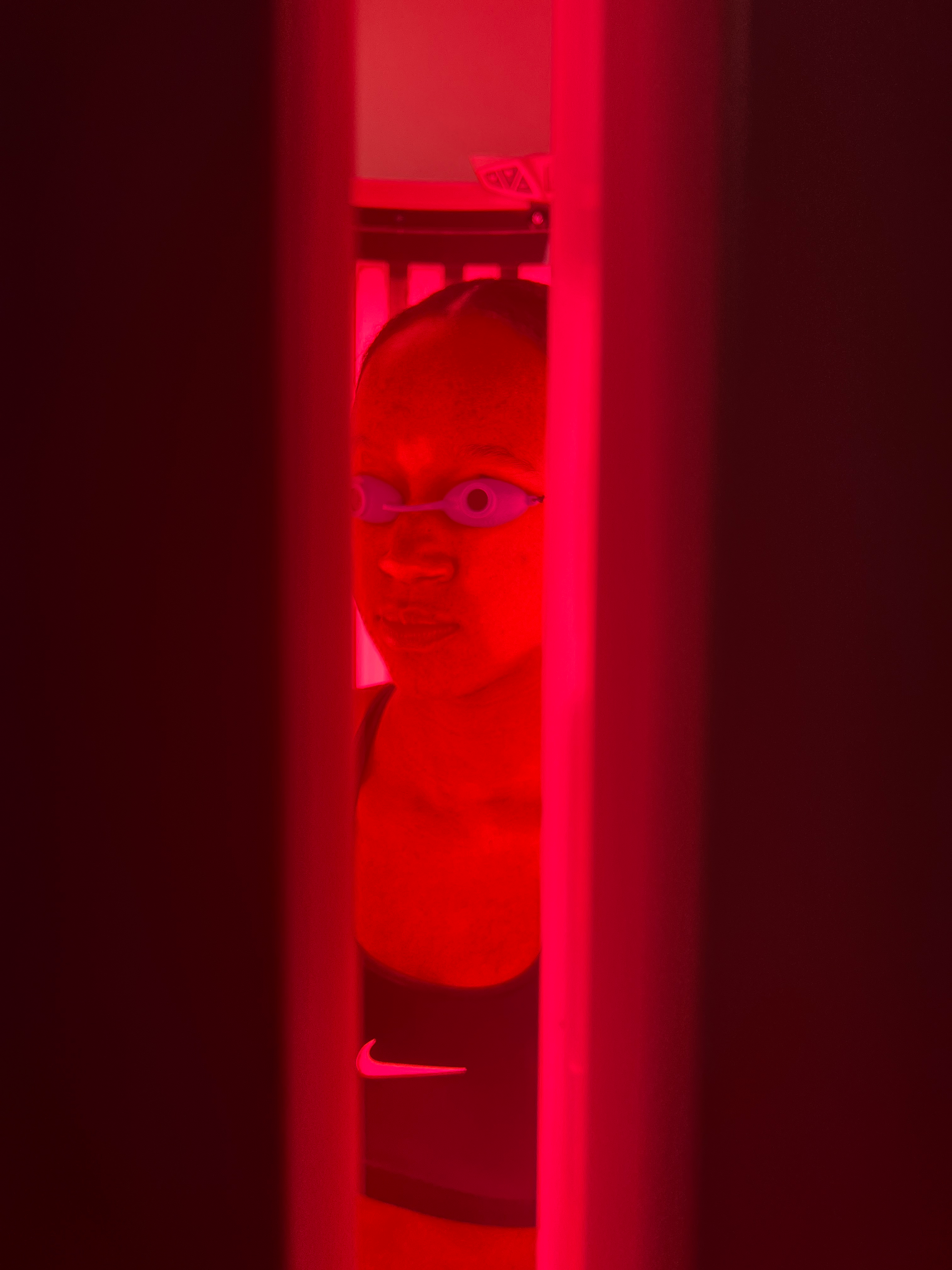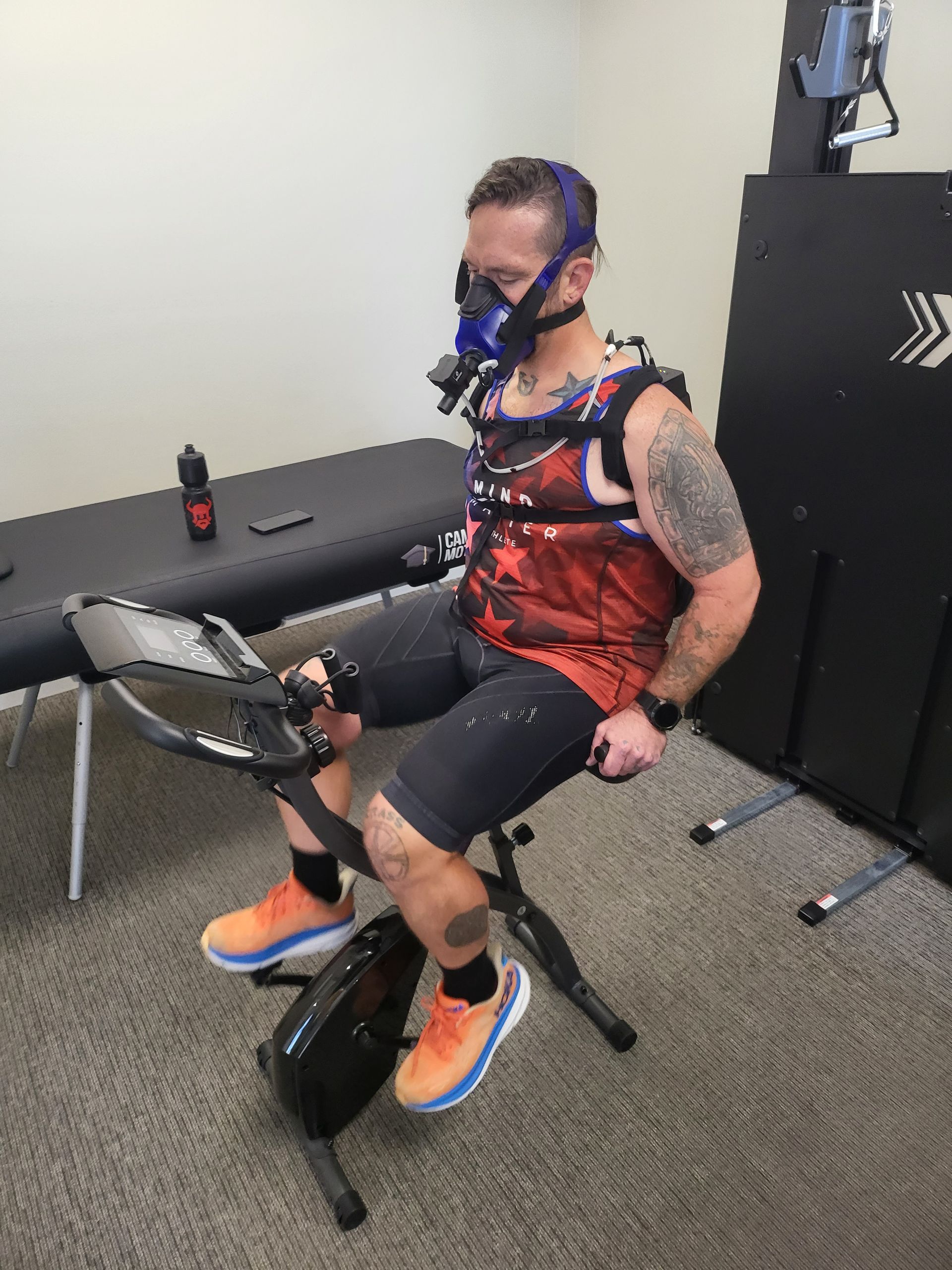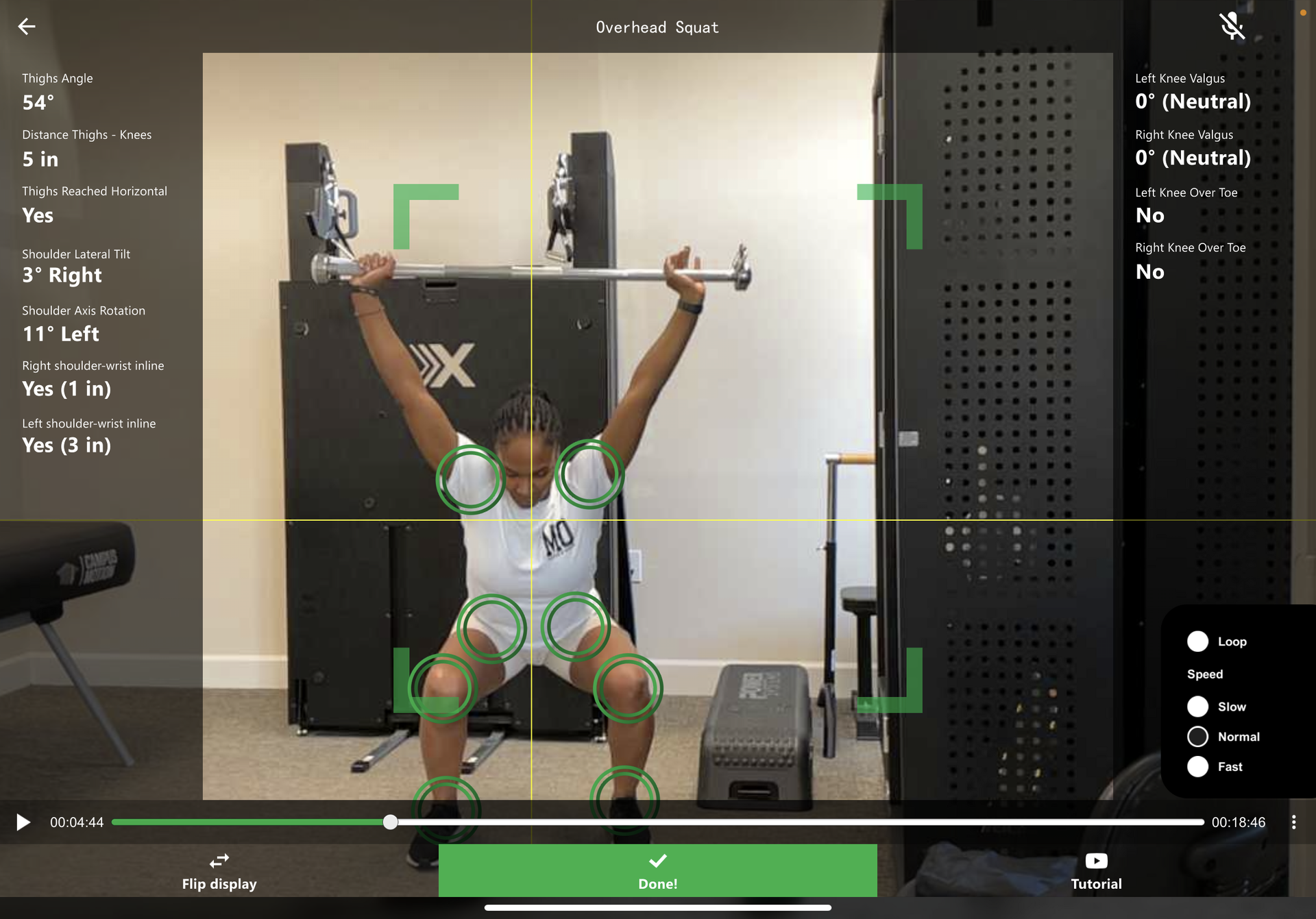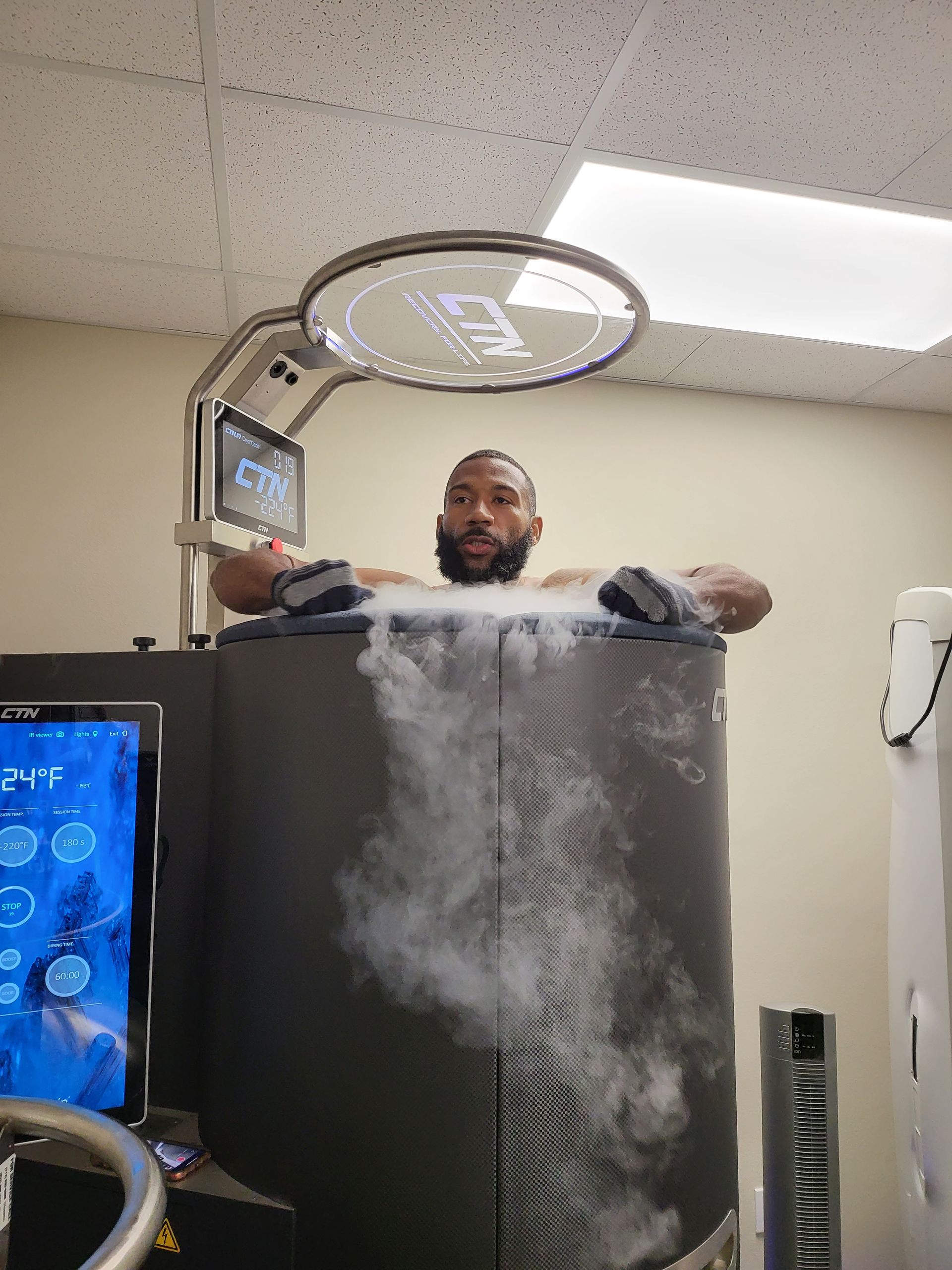Sports Medicine vs. Physical Therapy: What’s the Difference?
Sports medicine doctors focus on preventing and treating athletic injuries. Learn more about the distinction between sports medicine vs. physical therapy here.
If you're injured, you're probably wondering what the best option is for getting back to normal. The last thing you want to do is prolong the process. Are sports medicine & physical therapy the answer for you? The truth is, it all depends on which best meets your fitness needs.
Luckily, there are hundreds of thousands of options out there for whom to see to help you - whether you choose to see a physical therapist or a sports medicine doctor.
Physical therapy and sports medicine are often part of the same team, playing different roles. When it comes down to it, the athlete's needs aren't the same as an everyday patient's. Here's what you need to know about
What Is Sports Medicine?
A sports medicine doctor specializes in sports medicine which is the treatment of sports injuries, different diagnoses, prevention techniques, and rehabilitation after an injury.
A sports medicine doctor can either be a fellow, which means they have at least two years of training in sports medicine, or, they can be more experienced like an orthopedic surgeon.
When someone goes to see a sports medicine doctor, the doctor can treat them for both nonsurgical and surgical needs. So what does this entail? Here are a few things that a sports medicine doctor can treat:
- ACL reconstruction surgery
- Fracture repair
- Meniscus repairs and tears
- Rotator cuff repair
- Joint replacement surgery
There are many other things that a sports medicine doctor can do. Most of the time, the doctor will specialize in treating a specific body part. For instance, one doctor may specialize in knees.
While the doctor may treat the actual injury, they may also prescribe physical therapy as part of the treatment plan. This is when a different doctor will come in to help with treatment.
Benefits of Sports Medicine for Athletes
You may be wondering why you should see a sports medicine doctor instead of going straight to a physical therapist if they are going to prescribe that anyway. It could be beneficial to see a specialist because there might be treatments to prescribe in addition to a physical therapist referral.
With that said, how else can a sports medicine doctor help you? Let's dive in.
Rehabilitation
As an athlete, the last thing you want is to not recover fully from any injury you may face. By going to see a sports medicine expert, they know how to prescribe the right treatment plan to get you back on your feet as soon as possible. It is best to follow their recommendations for full rehabilitation after injury.
Preventative Care
As an athlete, injuries are quite common. This is why making sure you have preventative care is vital.
The doctor will focus on your specific injured area to stabilize, strengthen, and protect it from future injury.
Customized Plan
One of the main reasons to see a sports medicine expert is because they can prescribe a customized plan that fits your needs. You can rest assured that you will be getting specific exercises for your unique injury. This will help with recovery.
When to See a Sports Medicine Specialist
If you sustain an injury during physical activity or a specific sport, it is best to go see a sports medicine expert rather than another specialist.
Here is a list of common sports injuries that sports medicine experts can help with:
- Bone fractures
- Tendinitis
- Tennis elbow
- Arthritis
- Knee bursitis
- Rotator cuff tears
- Ligament tears (ACL, PCL)
- Achilles tendon tear
- Sprains and strains
These are common sports injuries, and there are others as well. You may experience compartment syndromes or overuse injuries like IT band syndrome. There are many ways an athlete can hurt themselves.
If you feel any of these elements apply to you, it may be time to see a specialist.
What Is Physical Therapy?
A physical therapist is a doctor that holds a DPT degree. This is a Doctor of Physical Therapy. They treat patients based on their mobility issues as well as if they get injured.
When you see a physical therapist, you are able to restore strength, function of the muscles, and flexibility of the area you work on in physical therapy.
Physical therapists can work with anyone - whether that is an 80-year-old man who plays cribbage in his free time or a 25-year-old woman who runs marathons for fun. Either way, physical therapy can benefit both.
Most physical therapy plans include strengthening exercises, stabilization exercises, mobility exercises, hands on manual work as needed. Exercises are prescribed to do at home as well. Educational guidance on the condition and what to expect in the near and long term future are staples of a physical therapist's plan of action.
Practices for Physical Therapists
When you think about going to see a physical therapist, you may think they have a separate office. However, they are often found in hospitals, outpatient clinics, nursing homes, and other types of rehabilitation centers.
The therapist can even come to your home to provide therapy services.
When to Go to Physical Therapy
So when should you go to physical therapy? Sometimes you may be referred by another healtcare provider. This often happens after surgery, a prolonged injury, or any other type of trauma.
On the other hand, you can also seek out a physical therapist for the help you need it without going to see another specialist first.
But why would you go to see a physical therapist without an injury?
Many times, a physical therapist can help get you started by giving you the right exercises that you need for strength and flexibility to prevent any injuries down the road. It is then easy to replicate these exercises at home.
Benefits of Physical Therapy
If you choose to go to physical therapy, there are many benefits that you can get from it. Whether you want to recover from an injury or prevent one, physical therapy can help. Here are a few other benefits that you may gain from going to see a physical therapist.
Increase Flexibility and Mobility
One of the ways that physical therapy can help is by utilizing strength exercises and stretching to improve how your muscles move and respond to each other.
A physical therapist will customize a therapy plan based on your own individual needs to help increase your mobility and flexibility as much as possible.
Reduce Pain
Many people will go to see a physical therapist when they are in pain. Often, as mentioned before, a sports medicine specialist will actually prescribe physical therapy to reduce the pain.
But how does physical therapy reduce pain?
The specific physical therapy techniques that are used in the practice will help improve your joints and soft tissue areas of your body in order to reduce inflammation which in turn, will reduce pain. Additionally, different massage techniques that some physical therapists will use can also reduce the pain that you may feel.
Avoid Larger Treatments
Physical therapists are sought in order to prevent you from needing larger or more invasive treatments such as surgery. Since physical therapy can help reduce inflammation, increase flexibility, and help treat injuries, you can often avoid surgery or even medication by choosing to go see a physical therapist.
Other Benefits
In addition to the benefits of the above, physical therapists can also help you manage diabetes, vascular conditions, heart and lung disease, prevent falls by improving your balance, and even help with woman's health conditions such as fibromyalgia, pelvic pain, and difficult bowel movements.
If you believe you need to see a sports medicine doctor, don't wait to call. Here at Campus Motion, we want to help you move better and feel good at all times. If you're ready to feel your best, contact us today.
